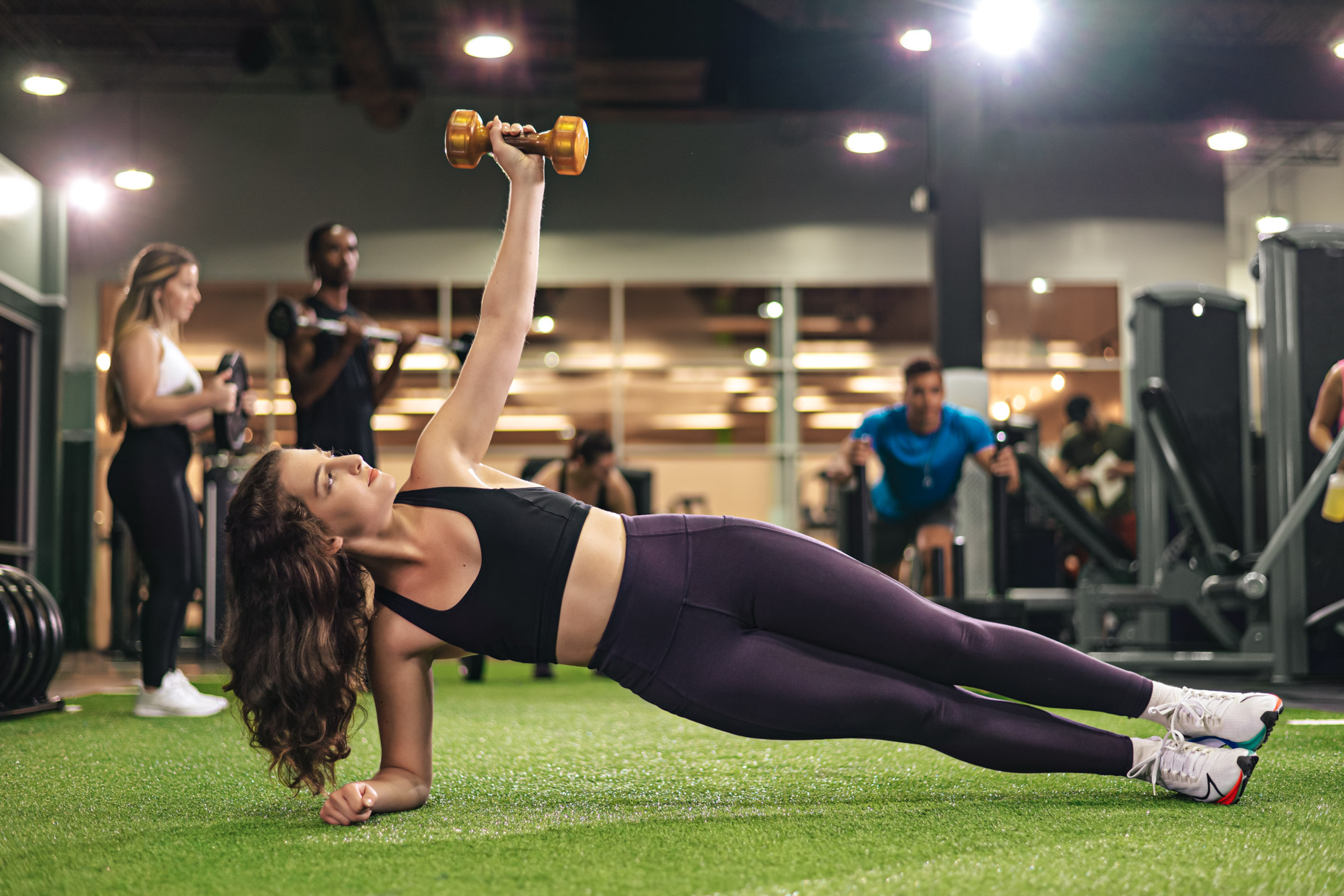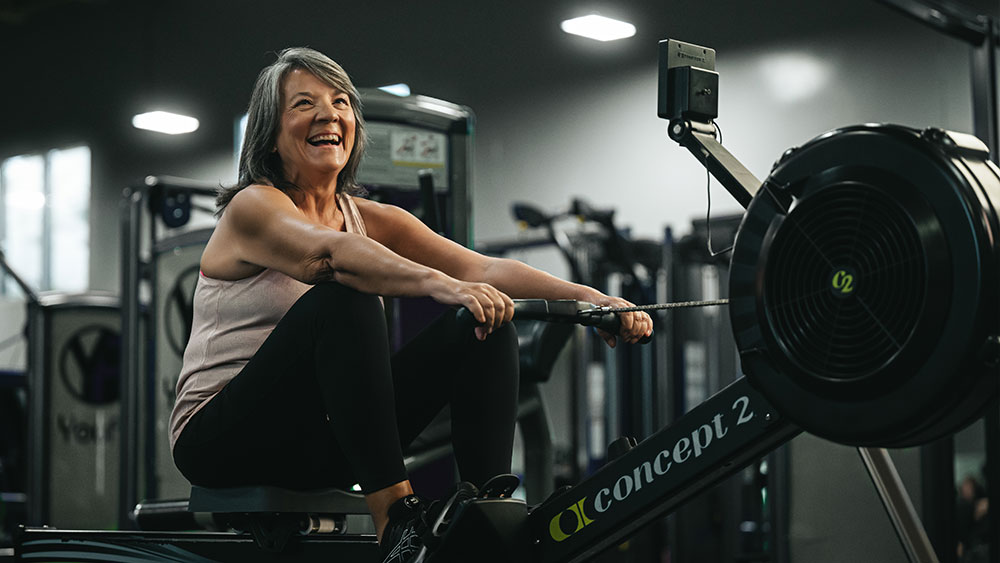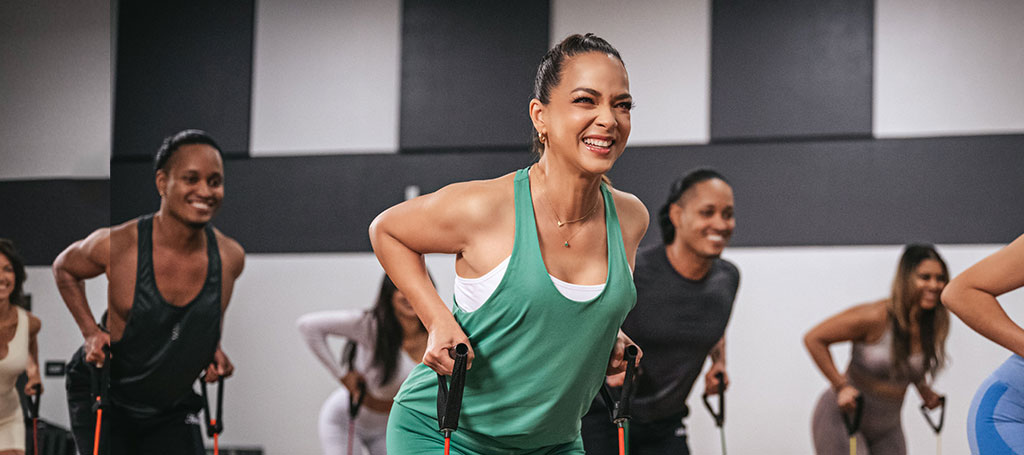Welcome to our brand-new FITNESS FAQ! Here to answer all your fitness-related questions and learn more about the science behind exercise, rest and recovery, cuts and bulks, and more!
Q: What are the fundamental components of fitness?
A: Fitness consists of four key components:
- Cardiovascular Endurance (Cardio): The ability of your heart and lungs to efficiently deliver oxygen to your muscles during sustained activity.
- Muscular Strength: The amount of force a muscle can exert.
- Flexibility: The range of motion in your joints and muscles.
- Balance: The ability to maintain stability and control of your body’s position.
Q: What are the key principles of effective training?
A: Four key principles guide effective fitness training:
- Overload: Challenging your body beyond its usual limits to stimulate improvement.
- Progression: Gradually increasing the intensity, duration, or frequency of your workouts over time.
- Specificity: Tailoring your training to your specific fitness goals (e.g., focusing on running if you’re training for a marathon).
- Recovery: Allowing your body adequate rest and repair time between workouts.
Q: Why are warm-up and cool-down important?
A: Warm-ups prepare your body for exercise by increasing blood flow, raising muscle temperature, and improving range of motion. Cool-downs help your body gradually return to its resting state, reducing muscle soreness and the risk of injury.
Q: How can I determine my fitness level and set realistic goals?
A: Begin with a baseline assessment to gauge your current fitness level. You can measure your resting heart rate, perform simple fitness tests (e.g., push-ups, planks), or consult a fitness professional. Based on this assessment, set SMART goals (Specific, Measurable, Achievable, Relevant, Time-bound) that align with your abilities and aspirations.
Q: What are the most effective cardio exercises for fitness?
A: Popular cardio exercises include running, swimming, cycling, dancing, jumping rope, and high-intensity interval training (HIIT). To maintain proper form, pay attention to your posture, breathing, and movement patterns specific to each activity.
Q: How do I measure the intensity of my cardio workouts?
A: You can monitor your heart rate, perceived exertion, or the “talk test.” Aim for moderate-intensity activity (able to talk but not sing) for most workouts, incorporating higher-intensity intervals for added challenge.
Q: What types of strength training are there?
A: Strength training encompasses bodyweight exercises (e.g., push-ups, squats), free weights (e.g., dumbbells, barbells), and machines. It’s essential to engage all major muscle groups (legs, back, chest, shoulders, arms, core) with a variety of exercises.
Q: What is proper form in strength training?
A: Proper form is crucial to prevent injuries and ensure effective training. Focus on controlled movements, full range of motion, and maintaining a neutral spine. If unsure, consult a certified trainer for guidance.
Q: How do I determine the number of sets, reps, and rest periods?
A: This depends on your fitness goals. For general fitness, aim for 2-3 sets of 8-12 repetitions per exercise, with 1-2 minutes of rest between sets. For strength gains, increase the weight and reduce the number of reps.
Q: What are different types of stretching for flexibility and mobility?
A: Stretching encompasses static (holding a stretch), dynamic (active movements), and proprioceptive neuromuscular facilitation (PNF, partner-assisted stretching). Regular stretching improves range of motion, reduces muscle tension, and lowers injury risk.
Q: Are yoga and Pilates beneficial for flexibility?
A: Yes, both yoga and Pilates emphasize flexibility and can be excellent complements to your fitness routine. They also promote core strength, balance, and mind-body connection.
Remember, consistency is key. Aim for regular exercise, gradually increasing the challenge as your fitness improves. Listen to your body, rest when needed, and consult a healthcare professional if you have any concerns.










